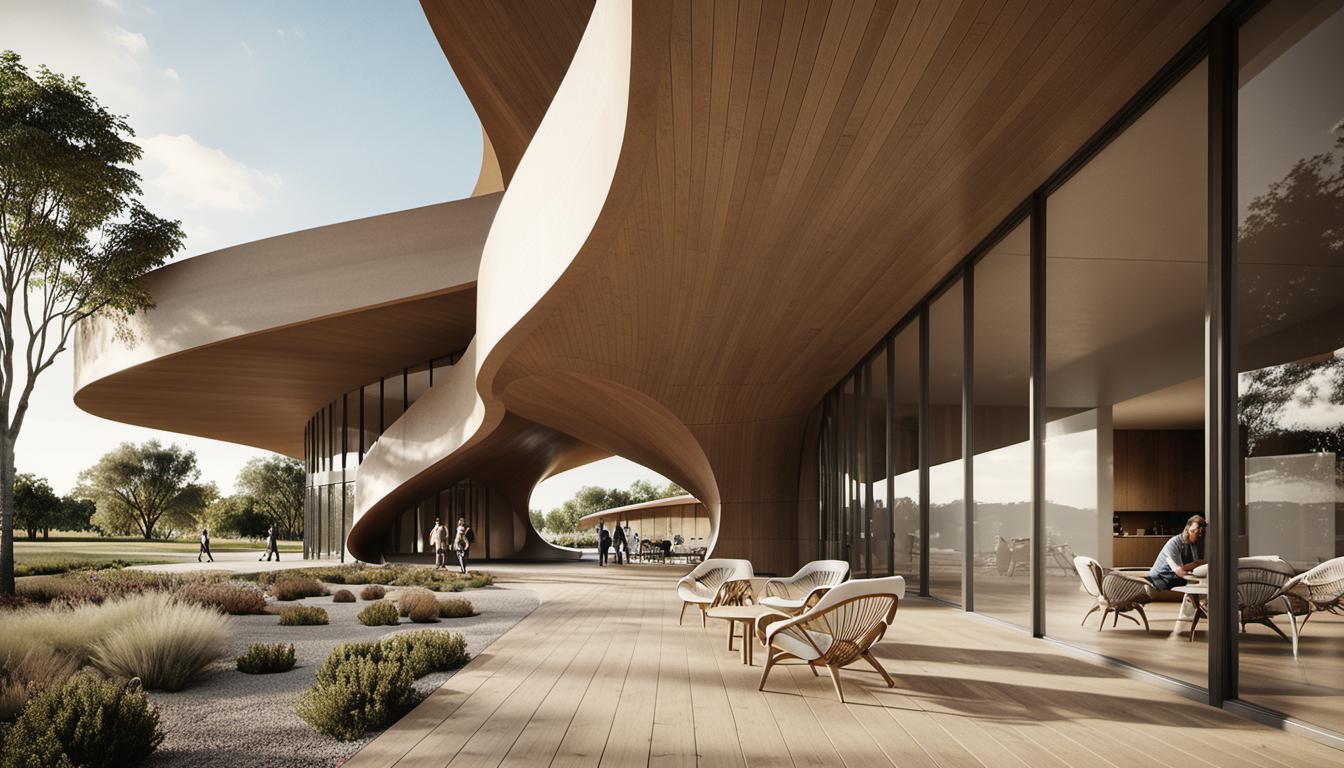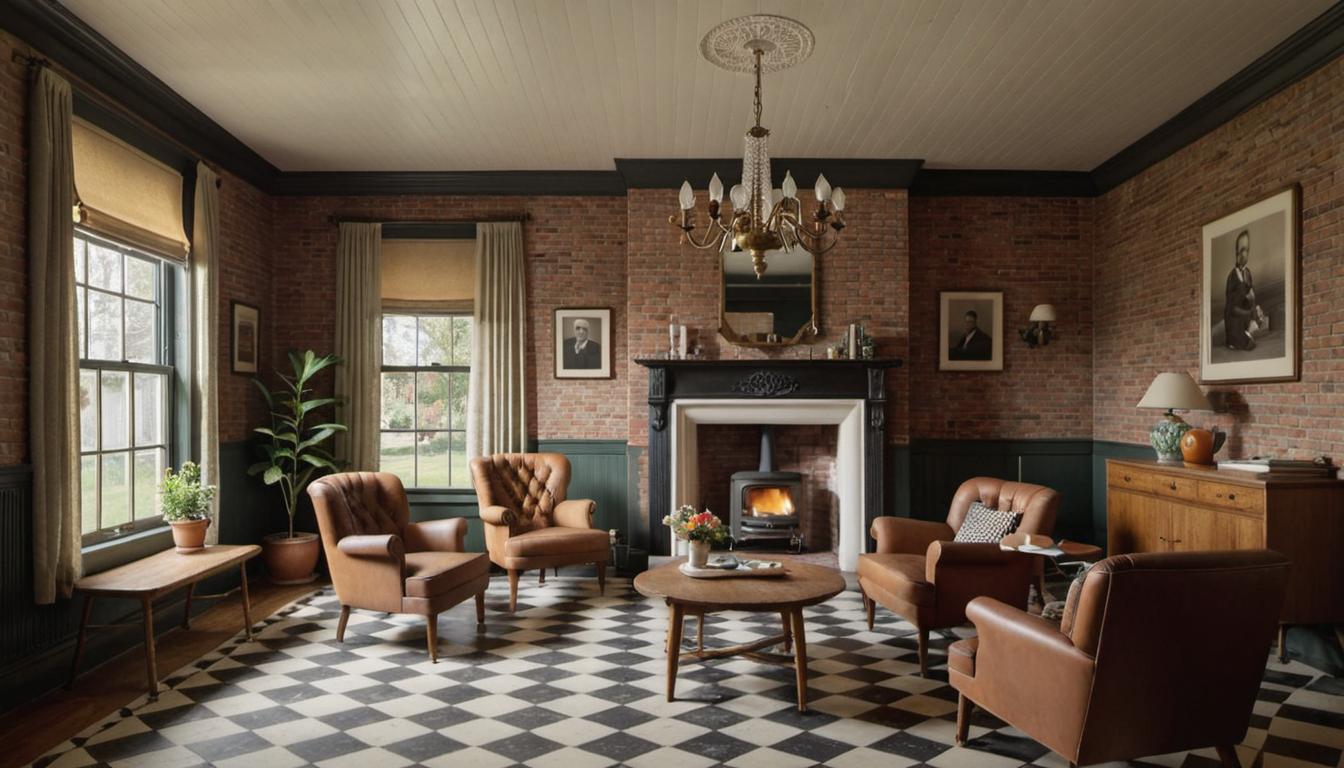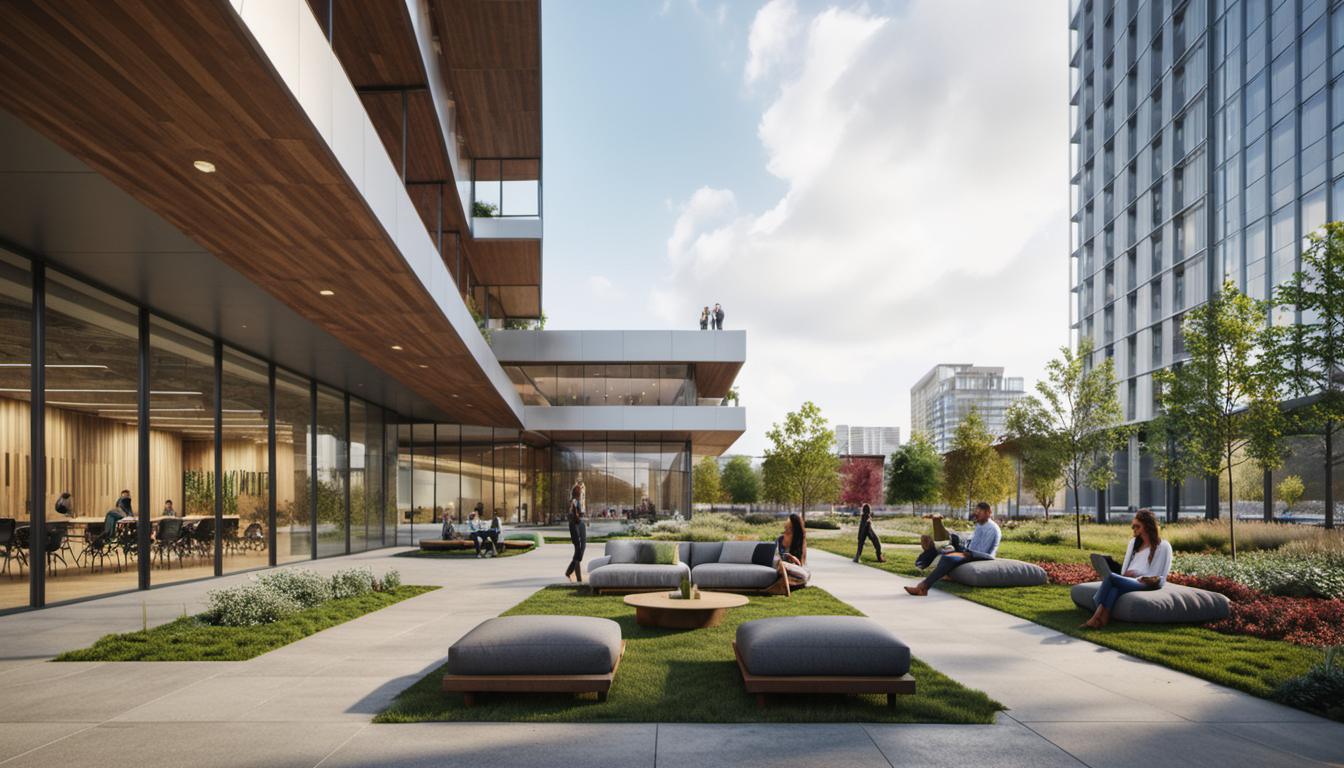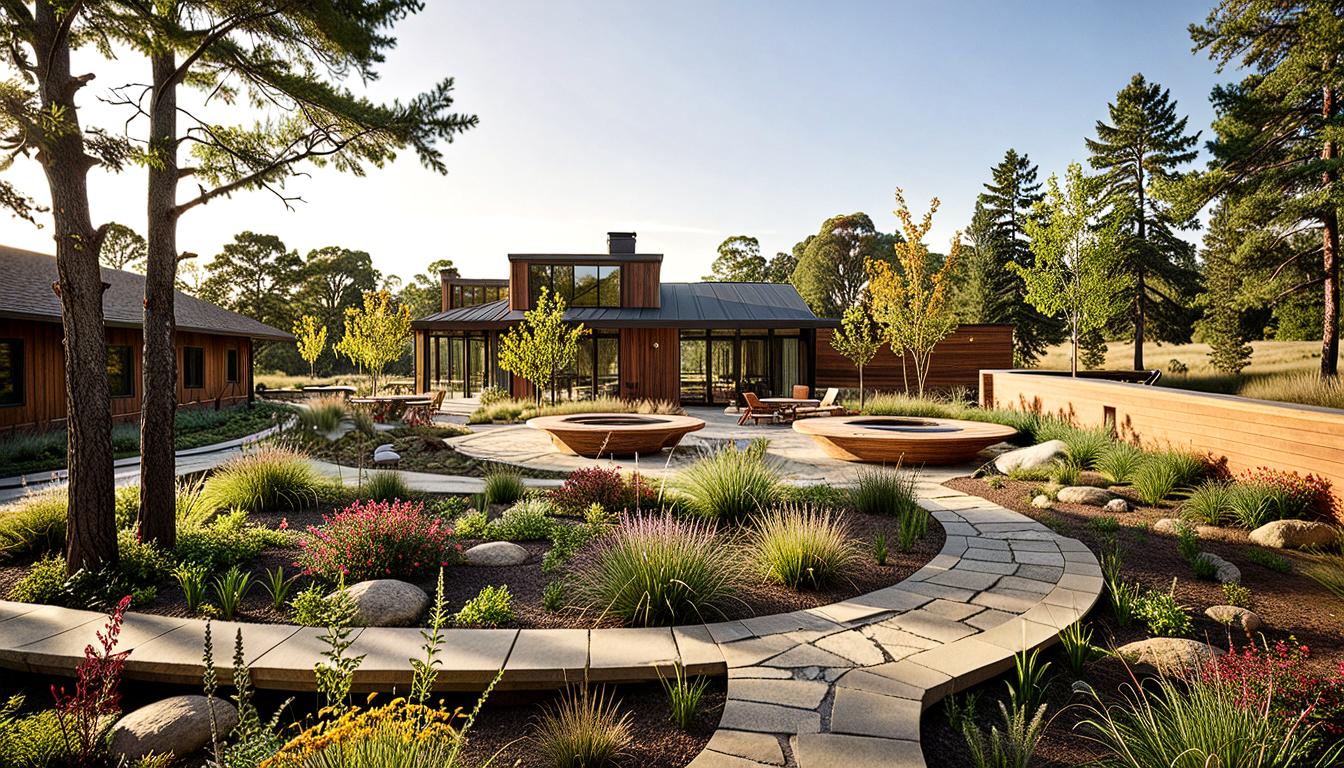Introduction
When delving into the landscapes of architecture and design, one comes across the technique of Parametric Architecture. A relatively new yet impactful kind of design method, it is altering the way architects visualize and materialize their designs. This blog post will assess the pros and cons of parametric architecture, its relevance in the current era and predictions for future implications.
What is Parametric Architecture?
Parametric Architecture leverages algorithms and parameters to manipulate architectural form and functionality. It takes into account the attributes and behavior of the designed object, making it a versatile and powerful tool in construction and architectural designs.
The Essence of Parametric Modelling in Architecture
The effectiveness of Parametric Modelling lies in its ability to create complex architectural designs using a systematic and mathematical approach. As a result, a host of expansive, intricate, and beautiful buildings have been created using this method around the world.
Benefits of Parametric Modelling in Architecture
- Complex Geometric Designs Creation: Parametric modelling enables architects to create uniquely complex geometric designs like the Heydar Aliyev Centre and Louvre Abu Dhabi.
- Reduction in Design Homogeneity: It limits design homogeneity by creating organic, nature-inspired forms.
- Efficiency and Accuracy in Design Solutions: The method maximizes design solutions with minimal human input, which lowers the risk of human error and promotes precision.
- Automated Workflow: Automation of repetitive tasks helps increase efficiency of workflow.
- Simplified Schema Design Phase: Changes in one dimension can readily modify subsequent dimensions, simplifying the schema design phase.
Limitations of Parametric Modelling
- Steep Learning Curve: Understanding the functions and applications of the modelling software can be challenging, leading to a steep learning curve.
- Requires Comprehensive Understanding and Upskilling: Since the method takes a mathematical approach, it requires a systematic understanding and continuous upgrading of skills.
- Less Intuitive compared to Direct Modelling Software: The software may be less user-friendly compared to direct modelling software.
- Reduced Flexibility due to Interconnected Parameters: As parameters are interconnected, the user may face limitations with design modifications that can reduce flexibility.
Appropriate Methods to Learn Parametric Modelling
- Choosing the Most Fitting Software: Finding the right software and focusing on it can lead to smoother learning progression.
- Learning Computational Thinking: Understanding parameters and algorithms is crucial for effectively utilizing parametric modelling.
- Starting with Basics: Understanding Algorithms: Beginning with the basics before proceeding to use the software and modelling processes can yield more holistic learning.
Appropriate Methods to Learn Parametric Modelling
- Choosing the Most Fitting Software: Finding the right software and focusing on it can lead to smoother learning progression.
- Learning Computational Thinking: Understanding parameters and algorithms is crucial for effectively utilizing parametric modelling.
- Starting with Basics: Understanding Algorithms: Beginning with the basics before proceeding to use the software and modelling processes can yield more holistic learning.
Efficacy of Parametric Design
- Quick Design Iterations: Parametric design enables swift modifications in designs.
- Complex Geometries Generation: It can produce complex geometries with simple repetitions and transformations.
- Software Integration: The modelling tools can smoothly integrate with traditional software, facilitating environmental analysis, clash tests, and other simulations.
- Potential for Automation and Optimization: Changes in 3D models can immediately update 2D drawings, schedules, and BOQ resulting in potential for automation and optimization.
Challenges Posed by Parametric Design
- Requires extensive practice and patience: Mastery of parametric design requires significant practice and patience.
- Relies on data input during design phase: It heavily relies on data collected during the design phase, necessitating robust initial research.
- Potential production gap: Implementing unique tools, dealing with scarcity of skilled labor, and feasibility issues for novice architects and designers can lead to a production gap.
The Future of Design: Parametric vs Generative Design
Two prominent future-focused design methods that leverage advanced algorithms and AI for high-quality solutions are Parametric and Generative Design. While both fast and capable of handling complex projects quickly, they heavily rely on accurate data. An error in the input data can adversely affect the modelling software’s ability to deliver reliable results.
Pros and Cons of Generative Design
- Benefits: Fast, can explore a myriad of solutions simultaneously, predictive capabilities to reduce project risks.
- Drawbacks: Potential for job automation, high dependency on accurate briefs by designers, high computational power requirements.
Final Thoughts
As we’ve explored, the pros and cons of parametric architecture play a pivotal role in the architectural and construction industry. The growing relevance of these advanced design techniques like generative and parametric design, further emphasize the need for professionals in the field to understand, harness, and adapt to these methods.
Frequently Asked Questions
- What is parametric modelling in architecture? Parametric modelling is a digital modelling process that uses a series of algorithms or parameters to modify the shape of model geometry, also considering attributes for the object’s real behaviour.
- What are the benefits of parametric modelling in architecture? Some benefits include the creation of complex geometric designs, reduction in design homogeneity, maximization of design solutions with minimal human input, efficient workflow through automation, and a simplified schema design phase.
- What are the limitations of parametric modelling? Limitations can include a steep learning curve, need for full understanding and upskilling, less intuitiveness compared to direct modelling software, and reduced flexibility due to interconnected parameters.
- What are some suggestions for learning parametric modelling? Suggestions for learning include choosing suitable software, learning computational thinking, and starting with understanding basic algorithms before proceeding with software and modelling processes.
- What is generative design in architecture? Generative design utilizes computers and artificial intelligence to find the optimal solution based on provided parameters, learning from each solution set to create better future sets.






